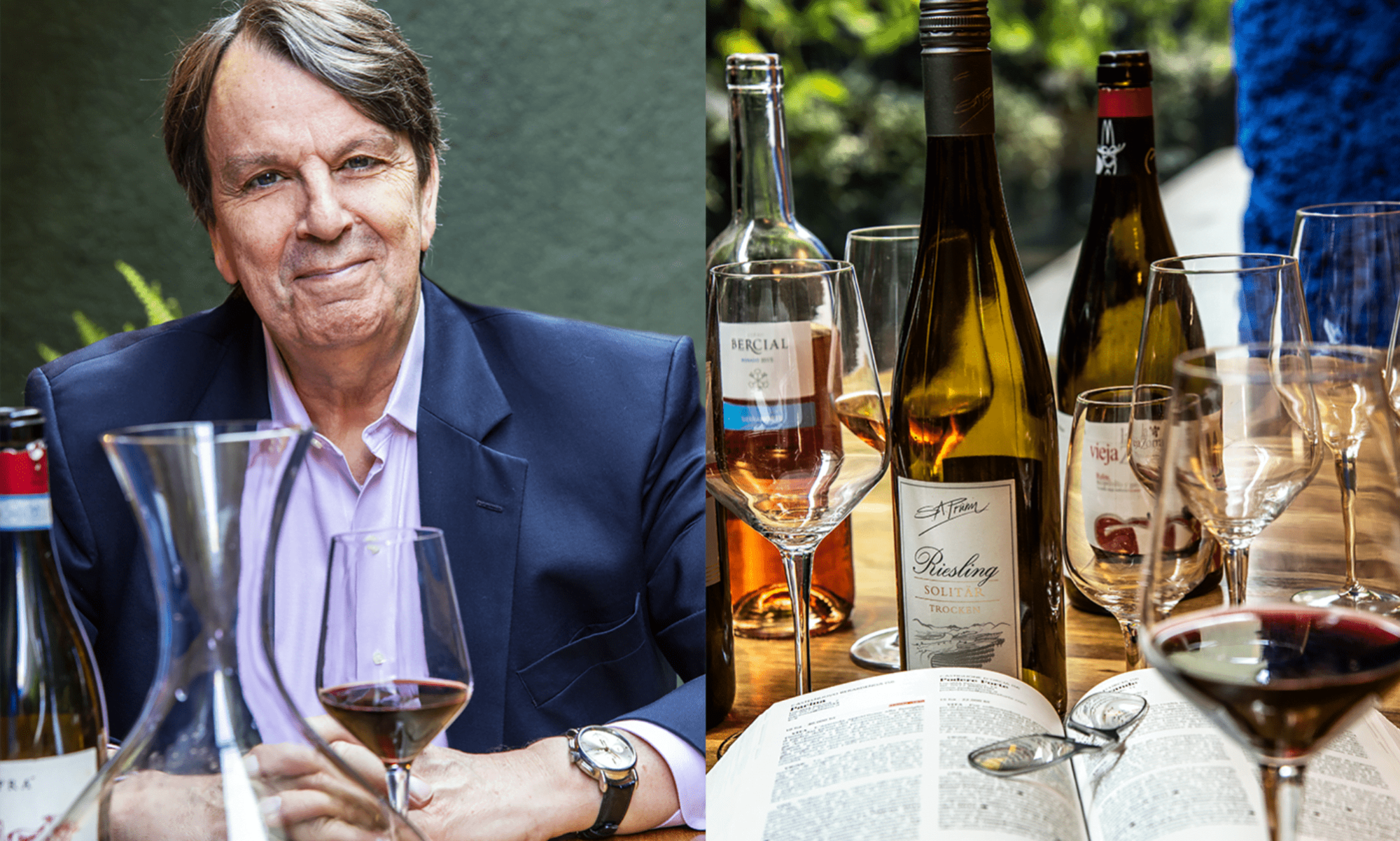2018 Numero Uno When we hear the word “appassimento” of grapes, we immediately think first of all of Amarone, from Veneto, Italy. After the harvest, the grapes are dried, they may lose 30% or more of their liquid. This concentrates the aromas, the sugars and the acidity.
But – did you know that winemakers used this process centuries earlier than for Amarone? In the Valtellina, Lombardy, Italy, this method of preparing the grapes prior to fermentation was used since the XVIth century for the grape called Chiavennasca. Chiavennasca is better known under its name Nebbiolo, the most noble grape of Italy.
The result of this appassimento are the so-called Sforzato, or Sfursat, wines. The Plozza winery has re-interpreted the appassimento process when it created this 2018 Numero Uno. The wine is made from very old vines (more than 50 years old) from the best vineyard sites of the Valtellina. The grapes for the Numero Uno dry for only two months, followed by fermentation in stainless steel. The wine then matures for 18 to 24 Monate in new barriques of French oak.
The result is a powerful, but elegant wine. Pale ruby color. In the nose, you find complex and delicious aromas of dark red fruit, blackberry compote, redcurrant, black plum and much much more. On the palate, the wine is dry, with medium acidity, tannins of fine grain that are nicely present but integrated, high alcohol (17%) and full body. The finish is long and very pleasant. A really marvellous wine!
TBM 94 pontos.













